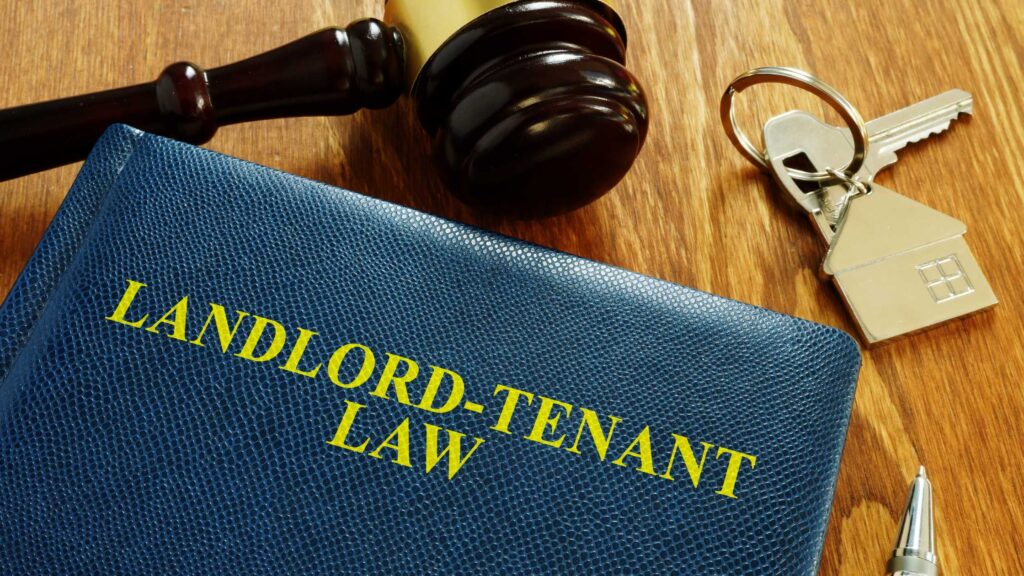Introduction
Renting a property can be an exciting prospect, but it’s important to be aware of your rights as a tenant. Understanding the legal framework that governs the landlord-tenant relationship is crucial for a smooth and hassle-free renting experience. This guide aims to equip renters with the knowledge they need to navigate tenant laws and protections effectively.
Know Your Lease Agreement
Your lease agreement is the legal document that outlines the terms and conditions of your tenancy. It’s essential to carefully read and understand this document before signing it. Here are some key points to consider:
Rent and Payment Terms
Ensure that the lease clearly states the rent amount, payment due dates, and acceptable payment methods. It’s also essential to know the consequences of late or missed payments.
Lease Duration and Renewal
Determine the length of your lease and whether it automatically renews or becomes a month-to-month agreement at the end. Familiarize yourself with the notice period required for termination or renewal.
Security Deposit
Understand the conditions under which your security deposit may be withheld or partially refunded. Be aware of any specific guidelines regarding the return of the deposit at the end of your tenancy.
Fair Housing Laws
Fair housing laws protect tenants from discrimination based on factors such as race, color, religion, sex, national origin, disability, and familial status. Familiarize yourself with these laws to ensure you are treated fairly throughout your tenancy.
Repairs and Maintenance
A landlord is legally obligated to keep the rental property in a habitable condition. Here’s what you need to know:
Reporting Maintenance Issues
Promptly report any repairs or maintenance issues to your landlord in writing. Keep a record of all communications for future reference.
Landlord’s Responsibilities
Know what repairs and maintenance tasks are the landlord’s responsibility and what falls under your responsibilities as a tenant. It’s crucial to understand these distinctions to maintain a healthy landlord-tenant relationship.
Remedies for Unresolved Issues
If your landlord fails to address vital repairs within a reasonable timeframe, familiarize yourself with your rights. In some cases, you may be able to withhold rent or make repairs yourself, deducting the costs from your rent.
Privacy and Access
As a tenant, you have the right to privacy and peaceful enjoyment of your rented space. However, landlords typically have the right to access the property for specific reasons. Here’s what you should know:
Notice for Entry
Your landlord should provide ample notice before entering your rental unit, except in emergencies. The notice period may vary depending on local laws, but it’s typically 24 to 48 hours.
Valid Reasons for Entry
Landlords are generally allowed to enter the property for specific reasons such as repairs, inspections, or showing the premises to prospective tenants. Familiarize yourself with the valid reasons for entry specified in your lease agreement or local laws.
Evictions and Terminations
Understanding the eviction process is crucial in case you encounter issues with your landlord. Here’s what you need to know:
Notice Requirements
Landlords must provide written notice with a specified time frame for eviction or termination of the lease. The notice period may vary depending on factors such as lease violations or non-payment of rent.
Tenant Defenses
If faced with eviction, understanding your rights and potential defenses is essential. Seek legal advice if you believe the eviction is unjust or if you need assistance navigating the process.
Summary
Being aware of your rights as a tenant is essential for a positive renting experience. Familiarize yourself with your lease agreement, fair housing laws, maintenance responsibilities, privacy rights, and eviction processes. By understanding and asserting your rights when necessary, you can ensure a smooth and successful tenancy.







